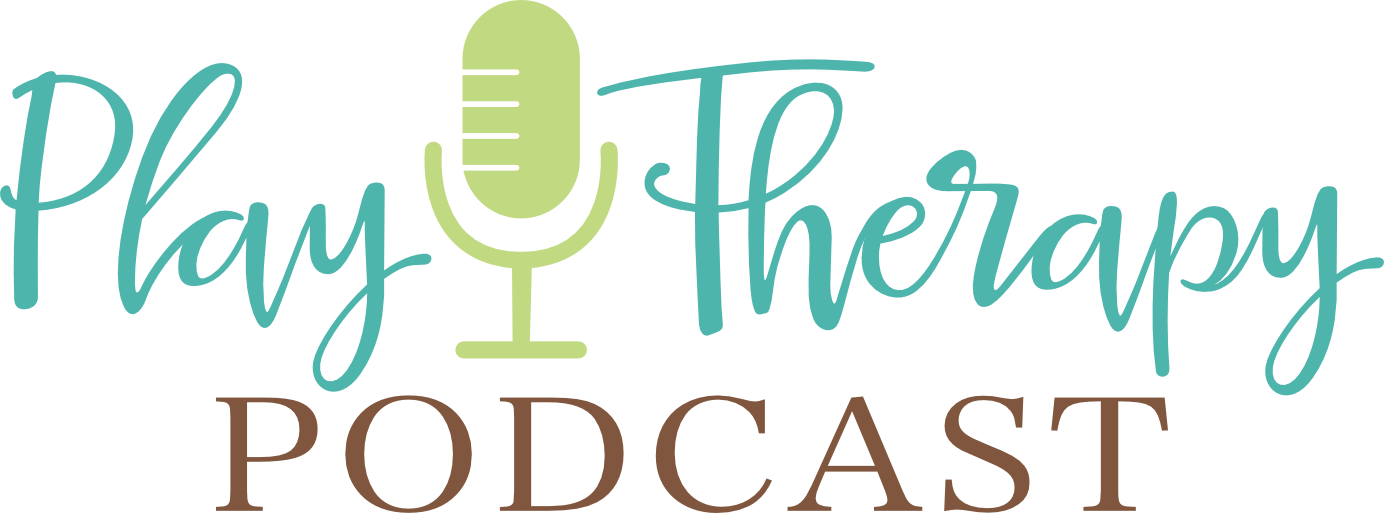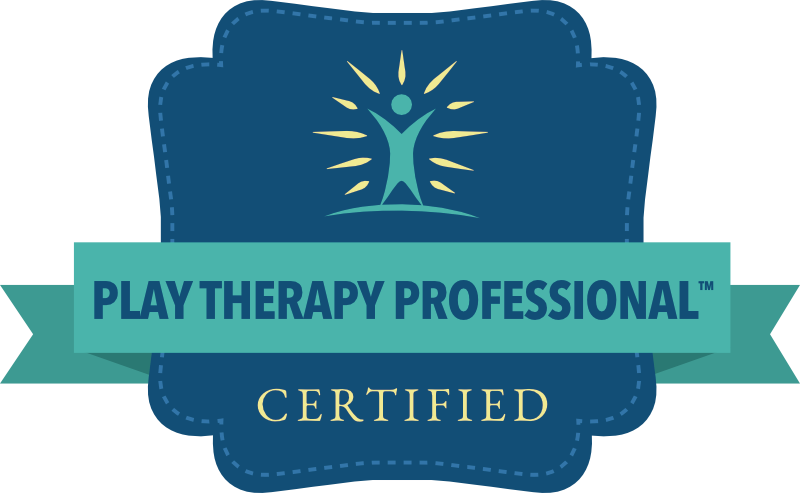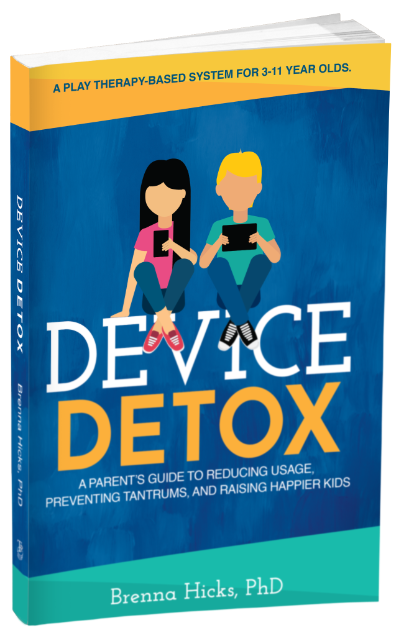Overcoming Separation Challenges: A Child-Centered Approach
Helping a Child with Separation Anxiety in Play Therapy
In this episode of the Play Therapy Podcast, I answer a question from Jemima in England about working with a nine-year-old boy struggling with severe separation anxiety. Jemima has had two sessions with the child so far, and the boy’s mother has been present in the playroom for most of each session. Jemima is seeking advice on how to navigate this situation and help the child feel comfortable without his mother present.
Understanding the Root Cause of Separation Anxiety
Before diving into practical strategies, it’s essential to understand the potential root cause of the child’s separation anxiety. In this case, the boy developed an upset stomach while the family was living in Tanzania. This physical discomfort likely became anchored to being away from his mother, who provided comfort and reassurance during that time. As a result, the child now experiences somatic symptoms of anxiety when separated from his mother, even though the original stomach issue may have resolved.
The Child-Centered Approach
While gaining insight into the cause of the separation anxiety is helpful for understanding the child’s behavior and discussing the situation with parents, it does not fundamentally change the child-centered approach in the playroom. However, this knowledge can guide the therapist’s reflections to the child. For example, instead of saying, “You really want mom to come back to the playroom with you,” a more appropriate reflection might be, “You feel really safe when mom’s with you.”
Navigating Separation Anxiety in the Playroom
When a child is resistant to entering the playroom without a parent, it is crucial never to force them. At our center, we have a policy that parents do not accompany children into the playroom, although they may walk them to the door if needed. In Jemima’s case, where the mother has already been in the playroom, a gradual approach can be taken to help the child become more comfortable without her presence.
Providing Choices and Control
One effective strategy is to give the child choices about how long the mother stays in the playroom. For example, the therapist might say, “Jack, it’s time for our play time, and you know that our playtime is just for kids. I know you like to have mom back there. So you can choose to have mom stay in there for 30 minutes today, or you can choose for mom to stay in there for 35 minutes today. Which do you choose?” By providing choices, the child gains a sense of control and ownership over the situation, reducing their anxiety.
Gradually Increasing Time Without the Parent
Over time, the therapist can gradually increase the amount of time the child spends in the playroom without the parent. This slow desensitization process helps the child learn that they are capable of handling the situation that previously caused fear and overwhelm.
Coaching the Parent
When a parent is present in the playroom, it is essential to coach them on how to support the child-centered process. This may involve setting expectations such as remaining quiet, not asking questions, and following the child’s lead if engaged. By working cooperatively with the parent, the therapist can ensure that the parent’s presence does not undermine the therapeutic process.
Conclusion
Working with a child experiencing severe separation anxiety requires patience, understanding, and a gradual approach. By providing choices, gradually increasing time apart from the parent, and coaching the parent on how to support the process, the therapist can help the child develop the confidence and resilience to navigate the playroom independently. Remember, the child-centered model’s foundation is the relationship between the therapist and child, so maintaining this connection is paramount, even when a parent is present.
If you would like to ask me questions directly, check out www.ccptcollective.com, where I host two weekly Zoom calls filled with advanced CCPT case studies and session reviews, as well as member Q&A. You can take advantage of the two-week free trial to see if the CCPT Collective is right for you.
Ask Me Questions: Call (813) 812-5525, or email: [email protected]
Brenna’s CCPT Hub: https://www.playtherapynow.com
CCPT Collective (online community exclusively for CCPTs): https://ccptcollective.com
Podcast HQ: https://www.playtherapypodcast.com
APT Approved Play Therapy CE courses: https://childcenteredtraining.com
Twitter: @thekidcounselor https://twitter.com/thekidcounselor
Facebook: https://facebook.com/playtherapypodcast








